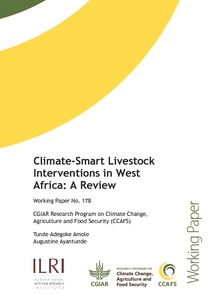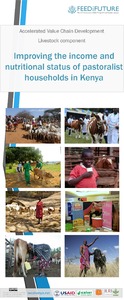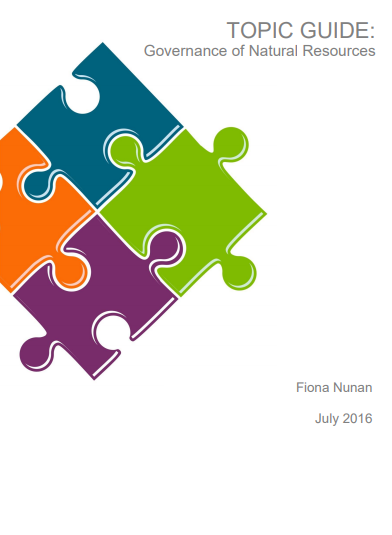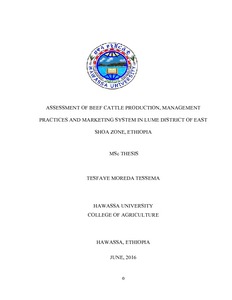Climate-Smart Livestock Interventions in West Africa: A Review
The livestock sector is one of the major contributors in agriculture, by some estimates
contributing up to 18% of the global greenhouse gas (GHG) emissions. Of this, about one
third is reported to be due to land use change associated with livestock production, another
one third is nitrous oxide from manure and slurry management, and roughly 25% is attributed
to methane emissions from ruminant digestion. Recent analysis suggests that developing
world regions contribute about two thirds of the global emissions from ruminants, with sub-









